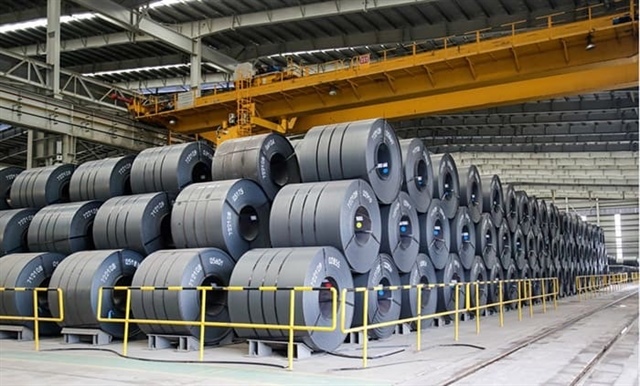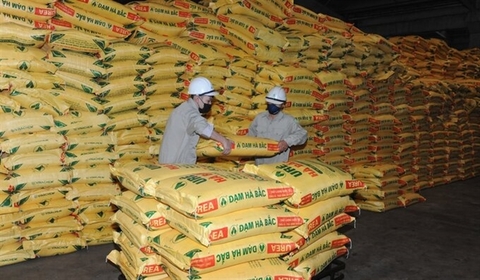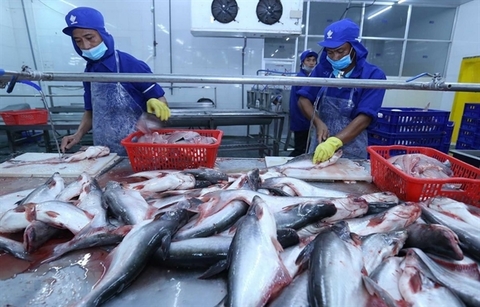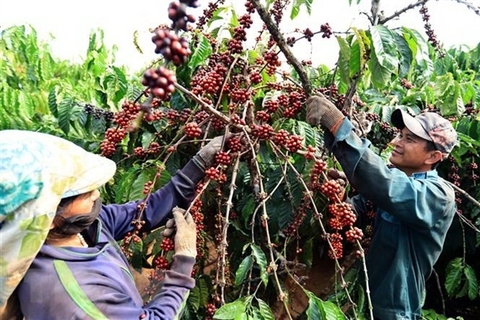Building material sector faces tough times
Building material sector faces tough times
Building materials makers are facing multiple hardships due to surging input costs, slow consumption, and high inventory.
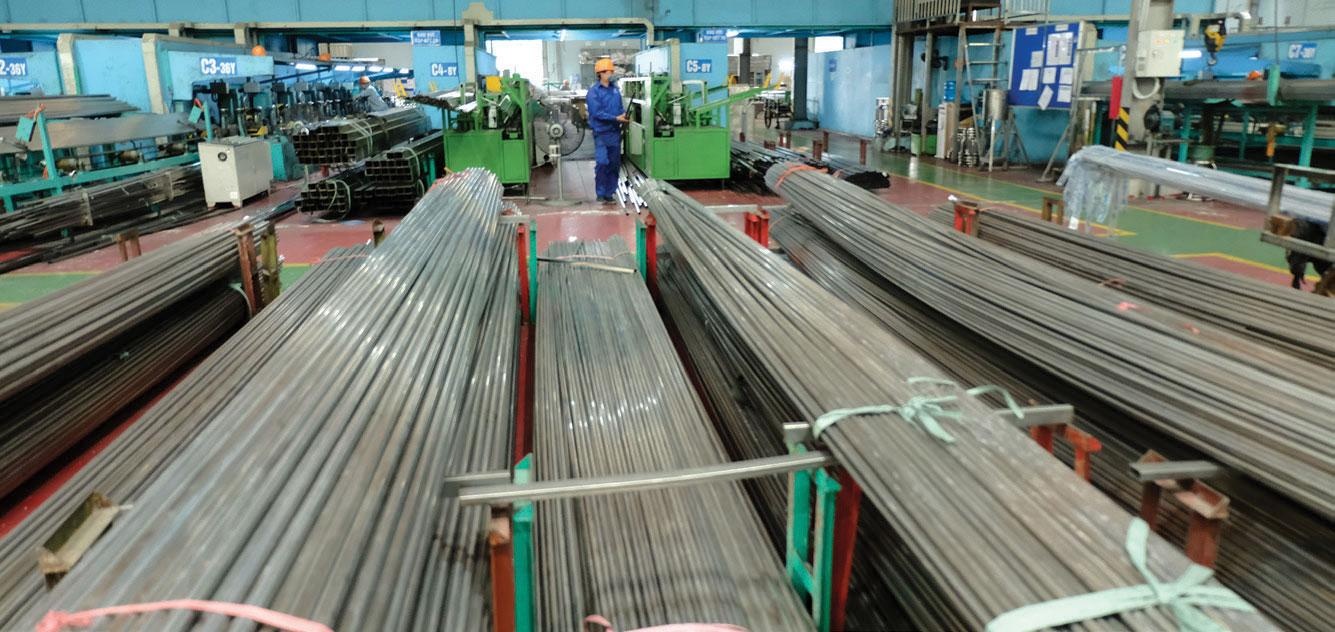
Fiin Trade’s recent statistics show that in the third quarter (Q3) this year, steel firms which once contributed a big share in total post-tax profit volume of the group of non-financial businesses in Q3 last year, had counted losses amounting to $200 million in the same period this year.
Nguyen Thi Nhi, deputy general director of Vietnam Germany Steel Pipe JSC, a leading steel manufacturer in northern Vietnam, said that steel firms had felt the negative impacts of the global economic recession and high inflation, leading to low consumption, rising unsold stock, and volatile pricing, affecting Q3 business results.
“We see that the domestic market situation in the last quarter continues facing multiple hardships due to less favourable export, stiff competition among firms, tightening monetary policy, higher borrowing cost, and more. These all badly affect consumers’ demand and the performance of businesses in the sector,” Nhi added.
High inventory of building materials is forecast to linger to next year
Vietnam Steel Association’s recent report shows that 2,046 million tonnes of steel items were produced in October, down 16.38 per cent against September and 28.7 per cent lower on-year.
Steel consumption came to 1,888 million tonnes, down 5.53 per cent compared to September and 29.4 per cent lower compared to last year.
Steel firms and building materials makers are generally encountering a sharp drop in order intake from local and foreign partners.
To supplement working capital amid tightening credit, many firms must accept selling products 30-40 per cent lower than cost.
The leader of a member unit of Viglacera, Vietnam’s major building material maker, reported that the company has been struggling with recouping capital.
Meanwhile, soaring input prices, particularly for coal, are hurting cement firms as coal accounts for more than 60 per cent of the cement sector’s production costs.
High material costs have forced firms to raise selling prices three times in the year, increasing from $9.5-$11.7 per tonne of cement.
Le Nam Khanh, general director of state-owned Vietnam Cement Industry Corporation, said that huge oversupply had made it hard to boost sales.
Cement export is forecast to recede further until the end of 2023 due to lower consumption amid the global economic slump as well as trade barriers importing countries have instituted to protect their domestic production. This has challenged firms’ market expansion efforts.
The set plan of consuming 70 million tonnes of cement this year is barely achievable as domestic consumption has been approximately 60-65 million tonnes yearly for the past five years.
Cement consumption in 2023 is expected to barely increase due to a slow rebound in the construction sector and rising inflation.
Many firms have chosen to slash expenses amid current unfavourable factors, simultaneously finding measures to reduce financial cost burdens and optimise their production and business cash flow.





